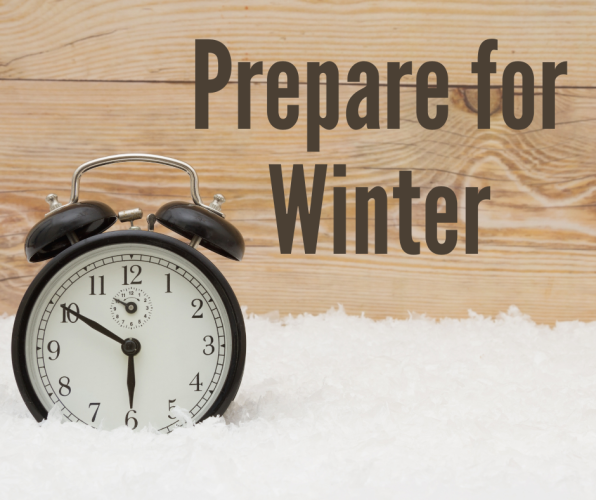You Ask, We Answer: How Can I Winterize My Home?
No doubt about it: Winter is upon us, and that means turning our thoughts toward how to winterize our Connecticut homes. While this season got off to a pretty mild start, the temps are dipping–and that means time is of the essence. Here’s how to winterize your Connecticut home to protect it against the elements so you can stay warm and dry inside until spring rolls around.
Protect your pipes
As bomb cyclones and nor’easters show up in weather forecasts, our minds turn toward protecting our pipes from freezing. Frozen pipes can burst, leading to horrible damage to your home. If you have pipes in exterior walls that aren’t insulated well (or at all), you may be in danger of having them burst when the freezing weather hits. Basements, garages, even crawl spaces are more at risk for freezing and bursting than the pipes that run through the interior of your home.
Before the extreme cold weather hits, you want to make sure you add insulation to any of those vulnerable spaces–hot and cold water pipes alike. Then, you want to make sure all the outside faucets are shut off completely. That means not only turning off the garden hose, but the actual supply line that feeds that outdoor faucet. If you have more than one outdoor faucet, be sure all supply lines are closed for the season.
During a brutal cold snap, you can keep your pipes from freezing by opening cabinets to get warmer air closer to the pipes. Also helpful? Opening your taps to just a slow drip; this will keep water running through the pipes and will help prevent them from freezing.
Invest in a programmable thermostat
Investing in a programmable thermostat can go a long way in protecting your home from the elements, especially if you’re someone who travels a lot. Today’s programmable thermostats let you set the temps to rise during the day, for instance, then drop them down at the same time each night. But if you’re away from home and a cold snap is in the forecast, these thermostats also let you adjust the temperature of your home remotely–cutting back on the chances that your pipes will freeze. Be sure to never set it lower than 55 degrees Fahrenheit, though–any lower, and you run a risk of frozen pipes.
Take time to address drafty doors and windows
With today’s heating prices, you definitely don’t want to be losing your heat to drafty doors and windows! Take time to seal them and you may immediately feel a difference in your home’s temperature–and see savings reflected on your electric bill, too.
Install a door sweep to keep cold air (and snow!) from blowing in under your door. Then, caulk any gaps around your windows to prevent cold air from creeping in so you don’t wake up to ice on your interior window panes. Adding weatherstripping is one more layer against the elements, and one additional way to winterize your Connecticut home.
Don’t forget your fireplace
If you’re lucky enough to have a fireplace in your Connecticut home, make an appointment with a licensed professional to have it inspected for safety, if you haven’t already. This will prevent any furry creatures from making their homes in your chimney and will also ensure creosote or carbon monoxide won’t build up inside when you’re using your fireplace to keep warm.
Once your Connecticut home is winterized, you can snuggle in to enjoy a cold New England winter from your warm, dry, cozy house!



